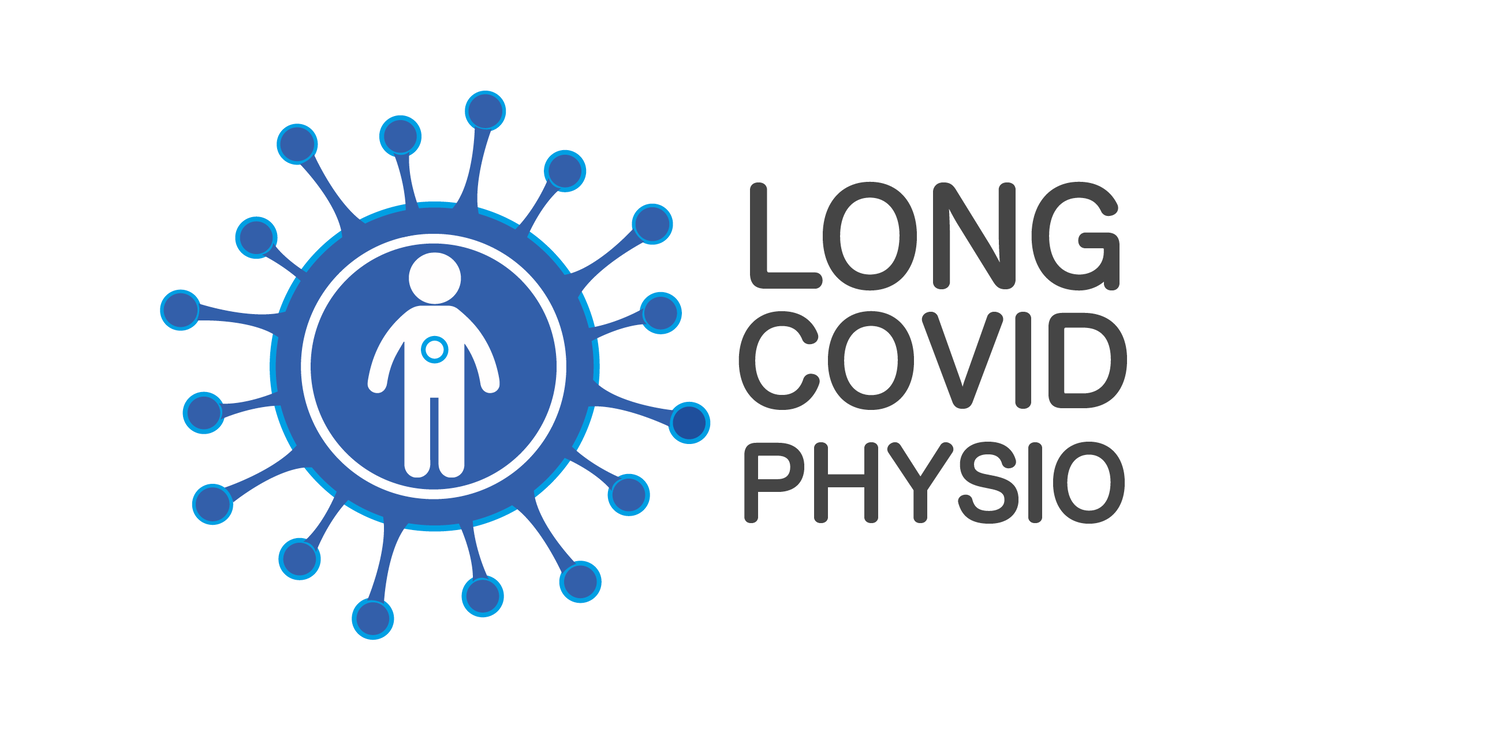What are Common Long COVID Symptoms?
Learn more about Long COVID and common symptoms like fatigue, cognitive dysfunction, post-exertional symptom exacerbation (PESE), and orthostatic intolerance.
Symptoms like fatigue, cognitive dysfunction and post-exertional malaise (PEM) are experienced by people with Myalgic Encephalomyelitis / Chronic Fatigue Syndrome (ME/CFS). Learn more about ME/CFS at ME Association, ME Action, and Doctors with ME. People with Long COVID are grateful to the lessons and research from ME/CFS that supports this video and people living with Long COVID.
Audio
Translations
The Long COVID Video Series is translated into Arabic, Bahasa Indonesia, Bangla, Brazilian Portuguese, French, German, Italian, Mandarin (Simplified Chinese), and Spanish.
To turn on subtitles and translate this video into any language on your computer or mobile device:
(1) open settings by pressing the wheel button
(2) click “Subtitles / CC”
(3) turn on the auto-generated language
(4) then return back to “Subtitles / CC” and a new option appears called “Auto-translate”
(6) click “Auto-translate”
(6) choose your language
(7) turn on “subtitles / closed captions (CC)” by pressing CC button
Video Transcript (Audio as Text)
What are common Long COVID symptoms?
There is wide diversity in Long COVID symptoms, and adults, young people and children of all ages may experience different clusters of symptoms that can be episodic or fluctuate over time. Common symptoms can include extreme exhaustion or fatigue, problems with memory or concentration, shortness of breath, pain in muscles, joints or the chest, changes to smell and taste, delayed worsening of symptoms after exertion or exercise, sleep disturbance, headaches, symptoms like dizziness after sitting up or standing, skin rashes, and others. So let's explore some of these common symptoms.
Fatigue
Fatigue is the term used to describe extreme exhaustion. It is not the same as feeling tired after a busy day, because fatigue is not often caused by over-activity or exertion, and it might not be made better by usual rest or sleep. Fatigue can feel like there is no more energy left in the battery, or like an invisible rope is constantly pulling you back. Fatigue can make moving and thinking difficult, impact the ability to participate in social and community life, and negatively affect education or work.
Cognitive Dysfunction
Cognitive dysfunction is the term used to describe problems with thinking, such as memory and concentration. It can feel like your thinking has become slower or fuzzy. You might lose words or attention, have difficulty multitasking, be forgetful, or experience sensory overload. It can feel similar to severe jet-lag or if you have been unexpectedly woken up at 2am, but with Long COVID this can be experienced most of the time or after minimal exertion, making everyday tasks like talking, reading, or writing difficult or at times impossible.
Post-Exertional Symptom Exacerbation
Post-exertional symptom exacerbation, also known as post-exertional malaise, is the term used to describe the worsening of different symptoms following activities like thinking, moving, socialising, or an activity that could previously be tolerated. Symptoms typically worsen 12 to 48 hours after activity and can be followed by an unusually slow return to baseline, lasting for days, weeks, or even months, or sometimes leading to a relapse. Post-exertional symptom exacerbation is all-encompassing with symptoms affecting every part of the body, difficult to predict or manage, and often requiring complete bed rest to fully or partially recover from the activity. Many people may not recognise post-exertional symptom exacerbation, due to its often delayed and unpredictable presentation, and how invisible the symptom can be to others.
Orthostatic Intolerance
Orthostatic intolerance, is the term used to describe the symptoms that occur after sitting up or standing. Symptoms can include feeling light headed, dizzy, faint, sick, or an uncomfortably rapid increase in heartbeat, in upright positions. You might notice symptoms when standing still for a few minutes, bending down, sitting in a chair with your feet on the floor, or that you work better on a laptop or tablet while sitting or lying down. Symptoms can also be made worse during a hot shower or bath, after a big meal, or around menstruation.
We may not yet fully understand the causes or mechanisms of all these symptoms. But we do know they are real and cause episodic disability among people living with Long COVID.
In the next video we will discuss the episodic or fluctuating nature of Long COVID.
Credits
This video was illustrated and edited by FisioCamera:
https://www.fisiocamera.it/ fisiocamera@gmail.com
The script was written and narrated by:
Darren Brown, Chair Long COVID Physio
This video received consultation by:
Dr Asad Khan, Doctors with ME
Dr Elaine Mawell, Long Covid Support
Sammie Mcfarland, Long Covid Kids
Lindsay Skipper, Long COVID Physio
This video was peer reviewed by Long COVID Physio Executive Board
https://longcovid.physio/executive-board @LongCOVIDPhysio
Date Last Revised: 17th April 2024
